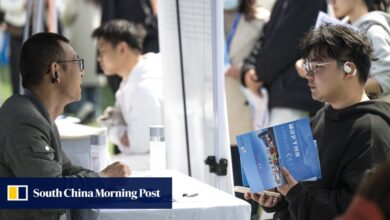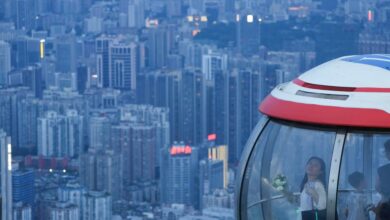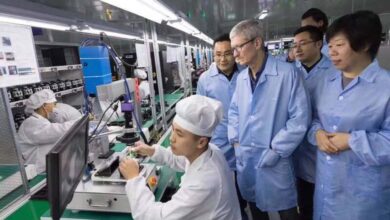Shanghai to put driverless robotaxis on roads despite pushback from taxi drivers in Wuhan
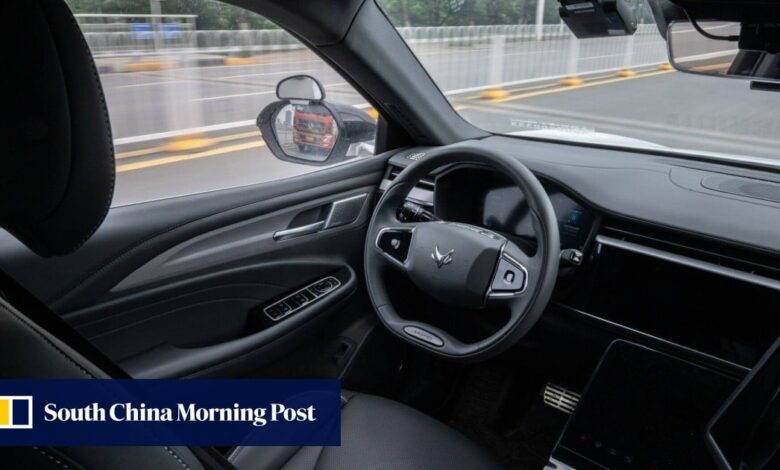
Shanghai will put the city’s first batch of driverless taxis on roads this month, even as taxi drivers push back on similar plans by Baidu to expand robotaxis in the central city of Wuhan.
The financial and tech hub in eastern China will see robotaxi companies operate their vehicles in the Pudong district as soon as next week, according to Knews, a local media outlet under state-backed Shanghai Media Group.
The report comes a week after Shanghai announced at the World Artificial Intelligence Conference that the city would approve licences for four robotaxi companies – Baidu, AutoX, Pony.ai and SAIC AI Lab – to bring “fully driverless” taxi services to Pudong.
Chen Guofa, an official from SAIC AI Lab, the autonomous driving arm of SAIC Motor, was quoted by local media on Monday as saying the company got the green light to test five vehicles, while it planned to put more than 40 vehicles into service by the end of the year.
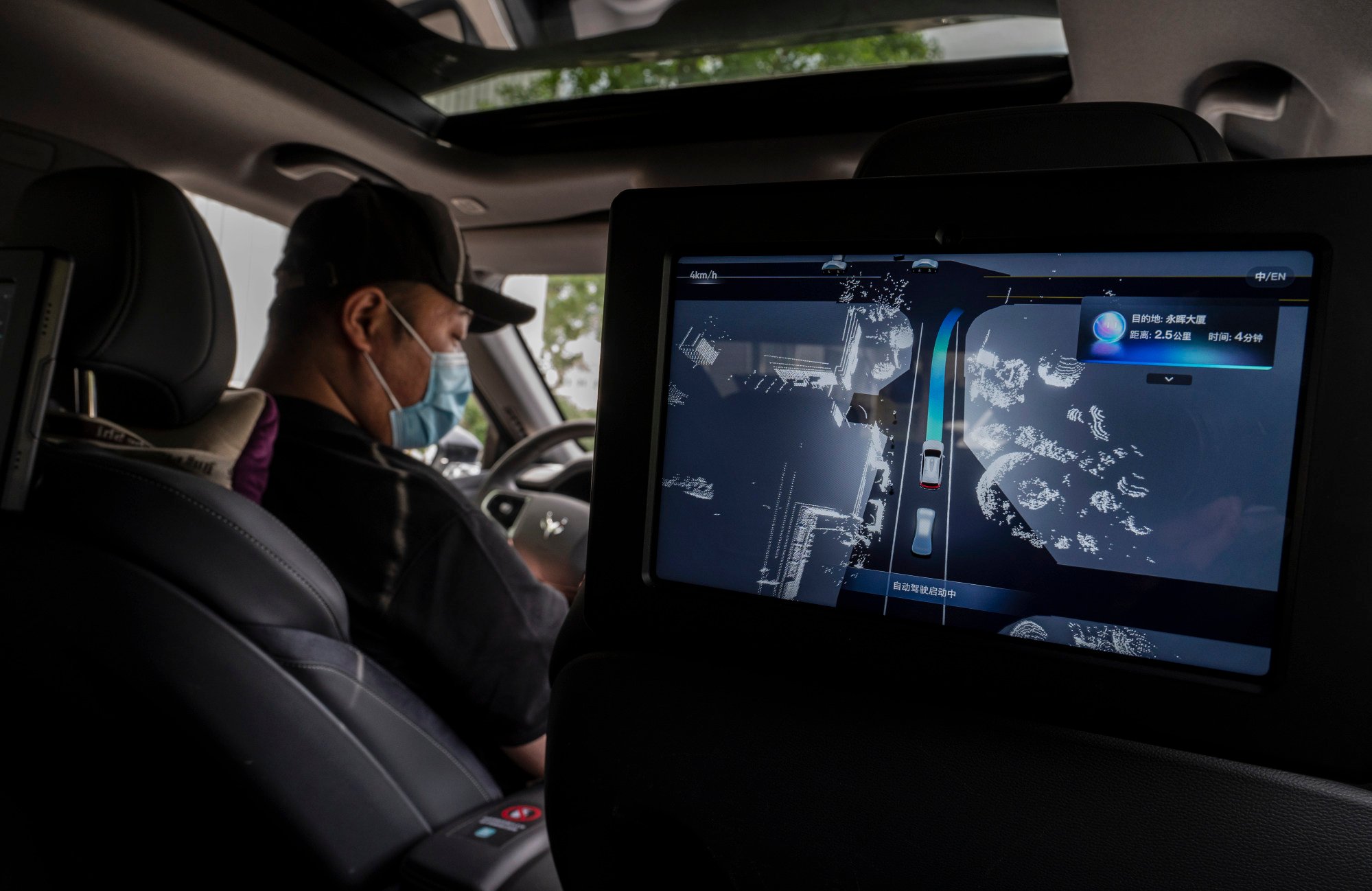
Baidu’s autonomous-driving unit has yet to disclose its plans in the city after getting the new licences, while Pony.ai said in a WeChat post earlier this month that customers will “soon be able to” book its robotaxis through its app, without giving a specific date.
AutoX has labelled the designated area in Pudong as its “operation area” and has been accepting user registrations on its app, although a request last week from this Post reporter to register as a customer has not been approved.
The area designated for “fully driverless” robotaxi services covers a total of 205 kilometres of roads in the Pudong district, including the Pudong International Airport, according to a report by Shanghai Securities News earlier this month.
A letter written on behalf of local taxi drivers last month complained that their jobs were being taken by artificial intelligence. The petition letter also requested that the municipal transport authority put a limit on such services, as more than 500 Baidu-operated driverless taxis were quickly gaining traction in the city.

Shanghai allowed some robotaxi companies to start testing vehicles in designated districts as early as 2018, although on a smaller scale to Wuhan. In many cases, a “safety driver” is required to sit behind the wheel and monitor the driving in Shanghai.
“More than 90 per cent of the scenarios in urban areas are now much safer than [cases when there are novice] human drivers,” said SAIC’s Chen. However, there were still some scenarios, such as when a car tries to cut into a lane, where improvements to algorithms are required so that vehicles do not completely stop on the road, he added.
Source link
